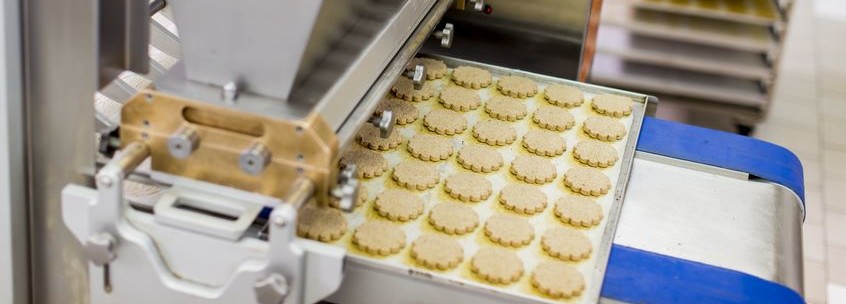
How well do you clean your bakery? And how effective is your process? If you’re looking for a way to improve your hygiene, you should run a ATP Test. Also known as rapid hygiene monitoring, it measures the effectiveness of cleaning activities and SSOPs performed on food-contact surfaces such as:
- Mixers
- Tanks
- Conveyors
- Piping
How does an ATP test work?
It measures the presence of adenosine triphosphate (ATP) — life’s energy carrying molecule within cells. And food residues, proteins and cells are rich in ATP. They undergo a bioluminescence process when they come in contact with luciferin–luciferase, resulting in light emission.
The intensity of the emitted light is measured with a device called a luminometer. This intensity is proportional to the amount of ATP produced and the level of microorganisms on the swabbed food surface. The ATP content of the sample correlates with the number of microorganisms present because all living cells have a specific amount of ATP.
How to run the test
To perform an ATP test, gather a pre-moistened swab, a food-contact surface, and an automated palm-sized bioluminescence device. Steps needed to complete an ATP assay are:
- Remove swab from device
- Swab a representative portion/area of a food-contact surface (or equipment)
- Reinsert swab into body and screw down
- Shake liquid down into bottom of clear tube and mix 2-3 times
- Insert pocket swab into the instrument or device
- Select swab site and press the run button to execute the counting or measurement

